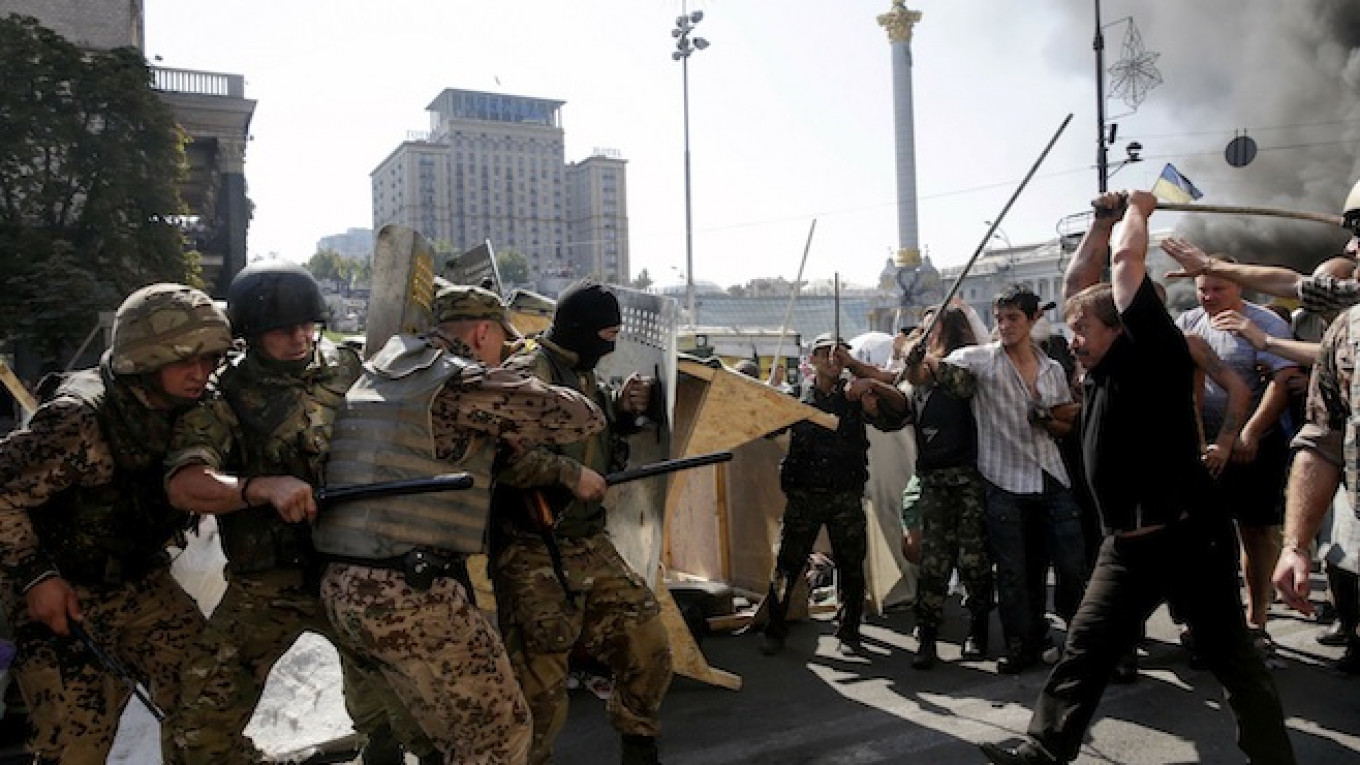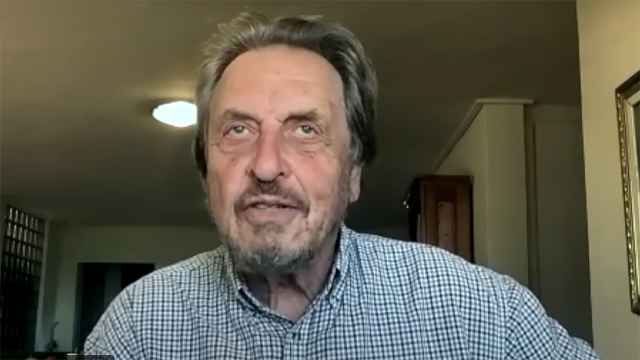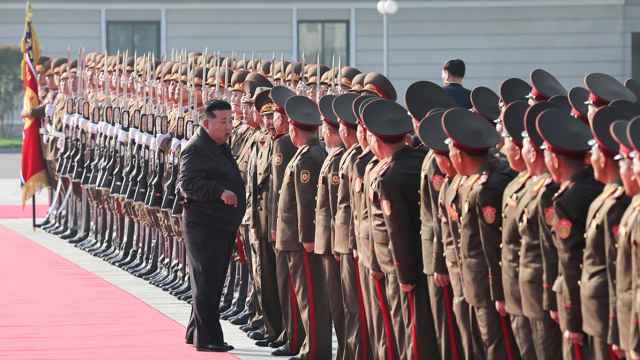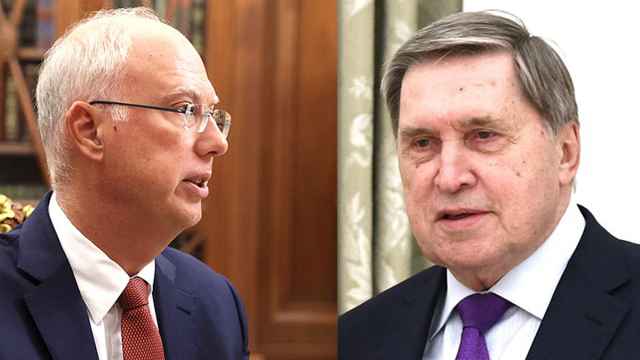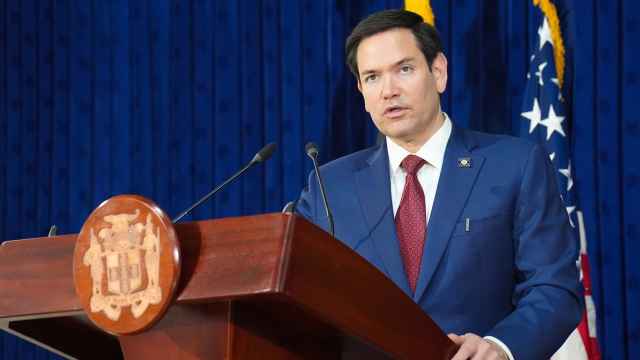KIEV — Tensions flared Thursday at Kiev's Independence Square, the scene of street protests that toppled Ukraine's Moscow-backed president in February, when protesters still camped there clashed with city workers who tried to clear away their tents.
The protesters set fire to heaps of tires, sending clouds of black smoke billowing across the city center square, known as the Maidan, recalling the demonstrations earlier this year which chased Ukrainian President Viktor Yanukovych from power.
Armed riot police moved onto the square as protesters — some of them in combat fatigues and masks and waving clubs — threw bottles and paving bricks at municipal workers who had been dispatched to dismantle the tents and barricades.
The police and workers eventually withdrew, leaving the situation unresolved.
Many protesters, including self-defense militias, have taken down their tents and returned to their homes since the election of Petro Poroshenko as president at the end of May.
But many barricades have remained in place, along with makeshift shrines to the 100 or so protesters killed by police sniper fire, and a few hundred people are still camped out on the Maidan.
For photos see: Renewed Clashes on Kiev's Maidan
"It's the right thing to do [take down the tents]. I was here from the start of the Maidan and I believe it's right now to take down what there is here. There are practically no normal people left here," said Yury Kovalchuk, a 43-year-old businessman.
Ukraine's uprising began last November when Yanukovych walked away from a political and trade deal with the EU and sought to swing policy back towards Russia. At its height, thousands of people from across Ukraine were camped out on the square and on an adjoining thoroughfare.
Kiev's new authorities have made clear they would like the capital city to go back to normal, with traffic moving freely, ahead of an expected parliamentary election at the end of October.
"It's like seeing everything that went on in winter coming back: tires are burning, the police are here and so are people with clubs," said Vitaly Lyakh, a 37-year-old Kiev resident.
"It's not right — especially since the most decent people have gone off to fight in the war [against separatists in the east]. Civilized countries don't behave like this," he said.
One protester wearing a Ukrainian cossack uniform, Mykola Bondar, declared his resistance to attempts to take down the encampment. A group of young masked protesters stood nearby atop a truck, banging on the roof of the vehicle with clubs.
"They tried to kill us today. They set fire to us," he said.
See also:
A Message from The Moscow Times:
Dear readers,
We are facing unprecedented challenges. Russia's Prosecutor General's Office has designated The Moscow Times as an "undesirable" organization, criminalizing our work and putting our staff at risk of prosecution. This follows our earlier unjust labeling as a "foreign agent."
These actions are direct attempts to silence independent journalism in Russia. The authorities claim our work "discredits the decisions of the Russian leadership." We see things differently: we strive to provide accurate, unbiased reporting on Russia.
We, the journalists of The Moscow Times, refuse to be silenced. But to continue our work, we need your help.
Your support, no matter how small, makes a world of difference. If you can, please support us monthly starting from just $2. It's quick to set up, and every contribution makes a significant impact.
By supporting The Moscow Times, you're defending open, independent journalism in the face of repression. Thank you for standing with us.
Remind me later.


